Goal: Unspecified.
Source: Unspecified.
A person throws a ball straight up. The ball rises to a maximum height
and falls back down so that the person catches it. When is the
acceleration of the ball at its MAXIMUM?
- Just after it leaves the person’s hand.
- At its maximum height.
- Just before the person catches it.
- Both 1 and 3.
- None of the above.
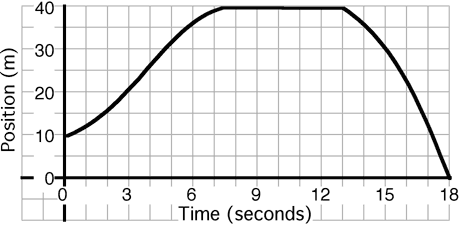
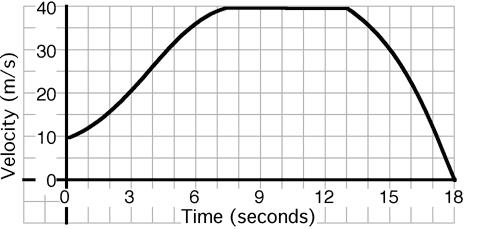
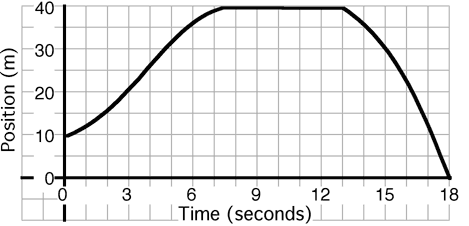



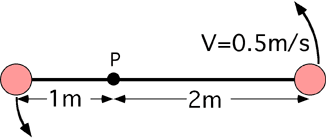
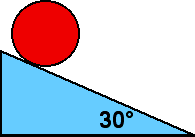
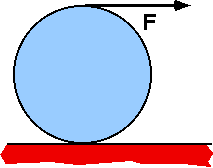
Commentary:
None provided.